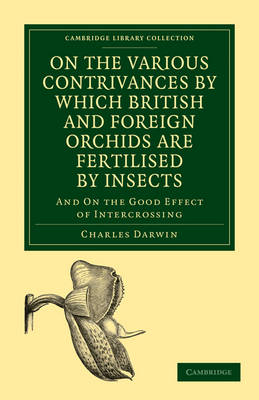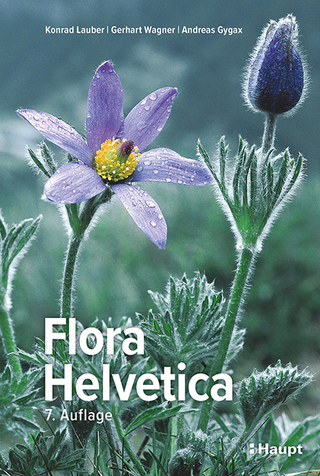
On the Various Contrivances by Which British and Foreign Orchids are Fertilised by Insects
And on the Good Effect of Intercrossing
Seiten
2011
Cambridge University Press (Verlag)
978-1-108-02715-1 (ISBN)
Cambridge University Press (Verlag)
978-1-108-02715-1 (ISBN)
First published in 1862 to support Darwin's claims about the evolutionary importance of 'intercrossing', this study argues that orchids benefit from cross-pollination and that the intricate shape of their flowers evolved so as to facilitate this. It includes a brief explanation of botanical terms and is illustrated with 34 woodcuts.
In this investigation of orchids, first published in 1862, Darwin expands on a point made in On the Origin of Species that he felt required further explanation, namely that he believes it to be 'a universal law of nature that organic beings require an occasional cross with another individual'. Darwin explains the method by which orchids are fertilised by insects, and argues that the intricate structure of their flowers evolved to favour cross pollination because of its advantages to the species. The book is written in Darwin's usual precise and elegant style, accessible despite its intricate detail. It includes a brief explanation of botanical terms and is illustrated with 34 woodcuts.
In this investigation of orchids, first published in 1862, Darwin expands on a point made in On the Origin of Species that he felt required further explanation, namely that he believes it to be 'a universal law of nature that organic beings require an occasional cross with another individual'. Darwin explains the method by which orchids are fertilised by insects, and argues that the intricate structure of their flowers evolved to favour cross pollination because of its advantages to the species. The book is written in Darwin's usual precise and elegant style, accessible despite its intricate detail. It includes a brief explanation of botanical terms and is illustrated with 34 woodcuts.
Introduction; 1. Structure of orchis; 2. Ophreae continued; 3. Epipactis palustris, curious shape of the labellum and its apparent importance in the fructification of the flower; 4. Malaxis paludosa, simple means of fertilisation; 5. Cattleya, simple manner of fertilisation; 6. Catasetidae, the most remarkable of all orchids; 7. Homologies of orchid-flowers; Index.
| Erscheint lt. Verlag | 19.5.2011 |
|---|---|
| Reihe/Serie | Cambridge Library Collection - Darwin, Evolution and Genetics |
| Zusatzinfo | 34 Halftones, unspecified |
| Verlagsort | Cambridge |
| Sprache | englisch |
| Maße | 140 x 216 mm |
| Gewicht | 480 g |
| Themenwelt | Naturwissenschaften ► Biologie ► Botanik |
| Naturwissenschaften ► Biologie ► Evolution | |
| ISBN-10 | 1-108-02715-6 / 1108027156 |
| ISBN-13 | 978-1-108-02715-1 / 9781108027151 |
| Zustand | Neuware |
| Haben Sie eine Frage zum Produkt? |
Mehr entdecken
aus dem Bereich
aus dem Bereich
Gefäßpflanzen: Grundband
Buch | Hardcover (2021)
Springer Spektrum (Verlag)
44,99 €
ein Baum erzählt seine erstaunliche Geschichte
Buch | Hardcover (2024)
Ludwig (Verlag)
23,00 €


